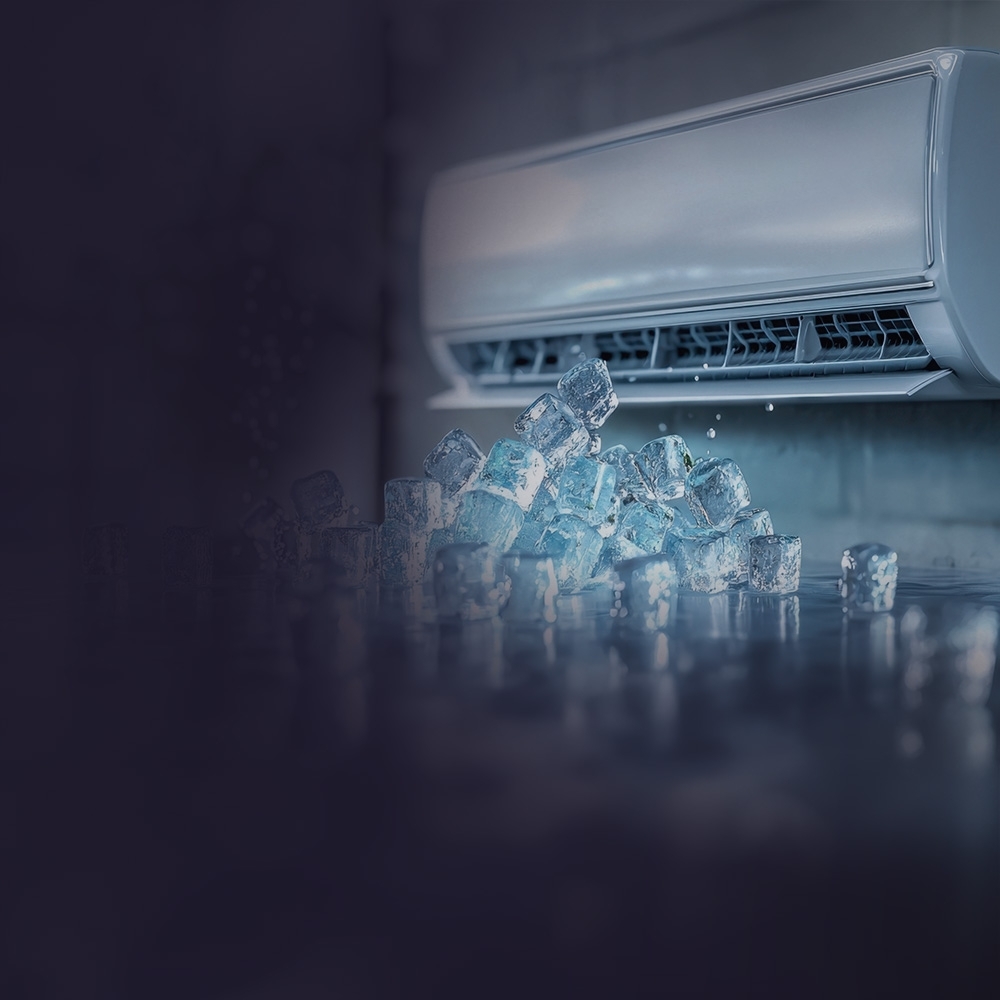01.05.2025
The fusion of Artificial Intelligence (AI) and materials science is changing how industries work, from energy and construction to advanced manufacturing. AI is speeding up discovery, from low-carbon cement to quantum-designed materials. To keep up, your IP strategy needs to evolve, too.
Thank you
As companies harness AI to accelerate material discovery and optimise production processes, securing robust patent protection becomes critical to safeguard these technological breakthroughs.
Protecting innovations in materials science is often no longer as simple as focusing on the purely chemistry aspects. It’s about algorithms, data, and design processes, too.
The Materials and Manufacturing Showcase recently highlighted the impact of a £1.75 billion investment in materials and manufacturing. It spotlighted pioneers demonstrating how AI transforms material development. Below, we analyse three standout innovators shaping this landscape and the patent strategies essential for safeguarding AI-driven advancements:
1. Matnex (Materials Nexus): Quantum-Powered Material Discovery
Matnex’s 2025 partnership with Viridien to build the world’s largest AI supercomputer for materials science marks a paradigm shift in R&D efficiency. Their platform enables:
2. Material Evolution: AI-Optimised Low-Carbon Cement
This innovator’s AI-driven cement formulations address the cement industry’s 8% global CO₂ emissions through:
3. HAL Robotics: AI-Driven Manufacturing Precision
While primarily a robotics specialist, HAL collaborates on materials science initiatives through partnerships. It demonstrates IP opportunities at the AI-materials interface:
This landscape underscores how AI is redefining materials science, where patents can be used to protect algorithmic breakthroughs alongside novel compounds. AI-driven material innovations can qualify for patent protection in Europe, provided they extend beyond merely applying established AI algorithms to automate or enhance conventional processes.
When protecting AI-driven material inventions in Europe, we prioritise three critical considerations:
1. Technical Character & Inventive Step
A core requirement is to ensure that the invention demonstrates a technical effect beyond abstract AI algorithms or mathematical methods:
2. Sufficiency of Disclosure
Patent applications lacking sufficient detail on AI training risk refusal under Article 83 EPC. It is important to:
3. Claim Drafting
Strategic drafting of claims helps to manage the scope of protection by:
By addressing these factors, applicants can navigate the EPO’s stringent requirements and secure robust protection for AI-driven materials innovations. Keltie’s dual expertise in computational materials science and the EPO AI guidelines positions clients to:
The convergence of AI and materials science is moving fast, and so is the patent landscape. For innovators working at this cutting edge, strategic IP advice isn't optional; it's essential.
Whether you're training AI to discover compounds or deploying it in industrial applications, we're here to help you protect what makes your innovation unique.

13.11.2025
Patent Protection for Cooling Technology Inventions: A Growing Market in a Warming WorldFollowing a sweltering summer, the demand for innovative cooling solutions in a nation built for drizzle has never been more apparent. Internationally, heatwaves have highlighted our collective vulnerability to rising temperatures and the need for more efficient, sustainable cooling technologies. For businesses this represents a significant opportunity in a rapidly expanding market to not just make our day-to-day lives cooler, but to meaningfully protect people against a changing climate.

27.08.2025
Leading the way in life sciences IP: Q&A with Laura KehoeKeltie is rated as ‘Outstanding’ in the 2025 WIPR UK Patents Rankings. This ranking recognises the top firms in UK patent law for their expertise, reputation and client service. This is a powerful endorsement of Keltie’s expertise in supporting innovation across a wide range of sectors, including life sciences, chemistry, software and engineering. Keltie’s team has long been known for its collaborative, commercially grounded approach to IP, and this ranking is a reflection of that continued success.
Thank you